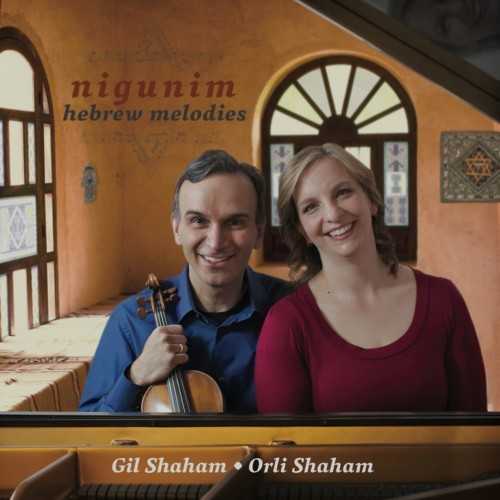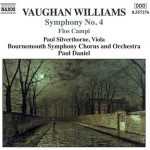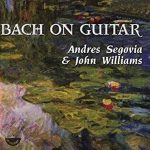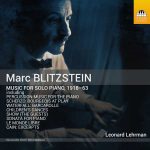
Performer: Gil Shaham, Orli Shaham
Audio CD
Number of Discs: 1
Format: FLAC (tracks)
Label: Canary Classics
Size: 618 MB
Recovery: +3%
Scan: yes
Josef Bonime (1891-1959)
01. Danse h bra que
Joseph Achron (1886-1943)
02. Hebrew Melody Op.33
Avner Dorman (b.1975)
03.-06. Nigunim* (Violin Sonata No.3)
Joseph Achron (1886-1943)
07.-08. Two Hebrew Pieces Op.35
John Williams (b.1932)
09.-11. Three Pieces from Schindler’s List
Leo Zeitlin (1884-1930)
trans. Joseph Achron
12. Eli Zion
Ernest Bloch (1880-1959)
13.-15. Baal Shem
*World Premiere Recording
The Spirit of the Jewish Diaspora
Let me first amend one statement in the liner notes that says that niguinim is “Hebrew for instrumental music-making”. It historically refers to the often spontaneous, but sometimes learned, spiritual outpouring of vocalise, the Ashkenazi Jewish blues, when happy or sad. Now, this is a grand collection of classical and popular pieces, old and new, based on or inspired by Jewish folk melodies. Performed by siblings Gil and Orli Shaham, these works are their soul music, and it seems that there is some added pizzazz to their already lauded talents. The album leads with a three-minute Danse hébraïque written for violinist Mischa Elman by Josef Boime, who earned his living by composing background pieces for radio dramas and comedies. This is a nice segue to the inclusion of three sections of cinematographic composer John Williams’ music for Schindler’s List, the theme of which may have been influenced by the second track here of Joseph Achron’s Hebrew Melody, Op. 33, a frankly beautiful and sentimental melody. The Russian Achron has two other representative works on the album, a lullaby and a dance. Achron transcribed the cello score to violin of Leo Zeitlin’s Eli Zion. Zeitlin studied with Rimsky-Korsakov and Glazunov, which brings up the interest in Jewish folklore among Russians. In 1901 a collection of 376 Yiddish songs texts was published, and the establishment of the Society for Jewish Folk Music came in 1908 in St. Peterburg. [Shostakovich later tried his hand at a Song Cycle From Jewish Folk Poetry, and Prokofiev wrote a Jewish Overture.] The presence of chamber pieces from Ernest Bloch, the composer of the cello rhapsody Schelomo, is expected. One of the three pieces from his Baal Shem is Nigun, written in memory of his mother. Nigunim, the album’s longest work, is the 20-minute, four movement Violin Sonata No. 3 by contemporary Israeli composer Avner Dorman. The composition does not quote any Jewish tunes and even has elements from Georgia and Macedonia. It begins atmospherically, a mist from which emerges the Jewish nigun, a lament and cry, developing into a comic shrug and dance. The adagio of movement 3 is a deep existential reflection filled with anguish. The work closes with a manic presto dance, like a rabbi spinning in laughter at the human condition. Dorman had examined Jewish music from Andulusia (Spain and North Africa) to East Europe to Central Asia and discovered some common elements despite the wide differences of melodies and rhythms. It is a extraordinary work that provides a nonsentimental yet spirited impression of the Jewish diaspora and life as outsiders.



